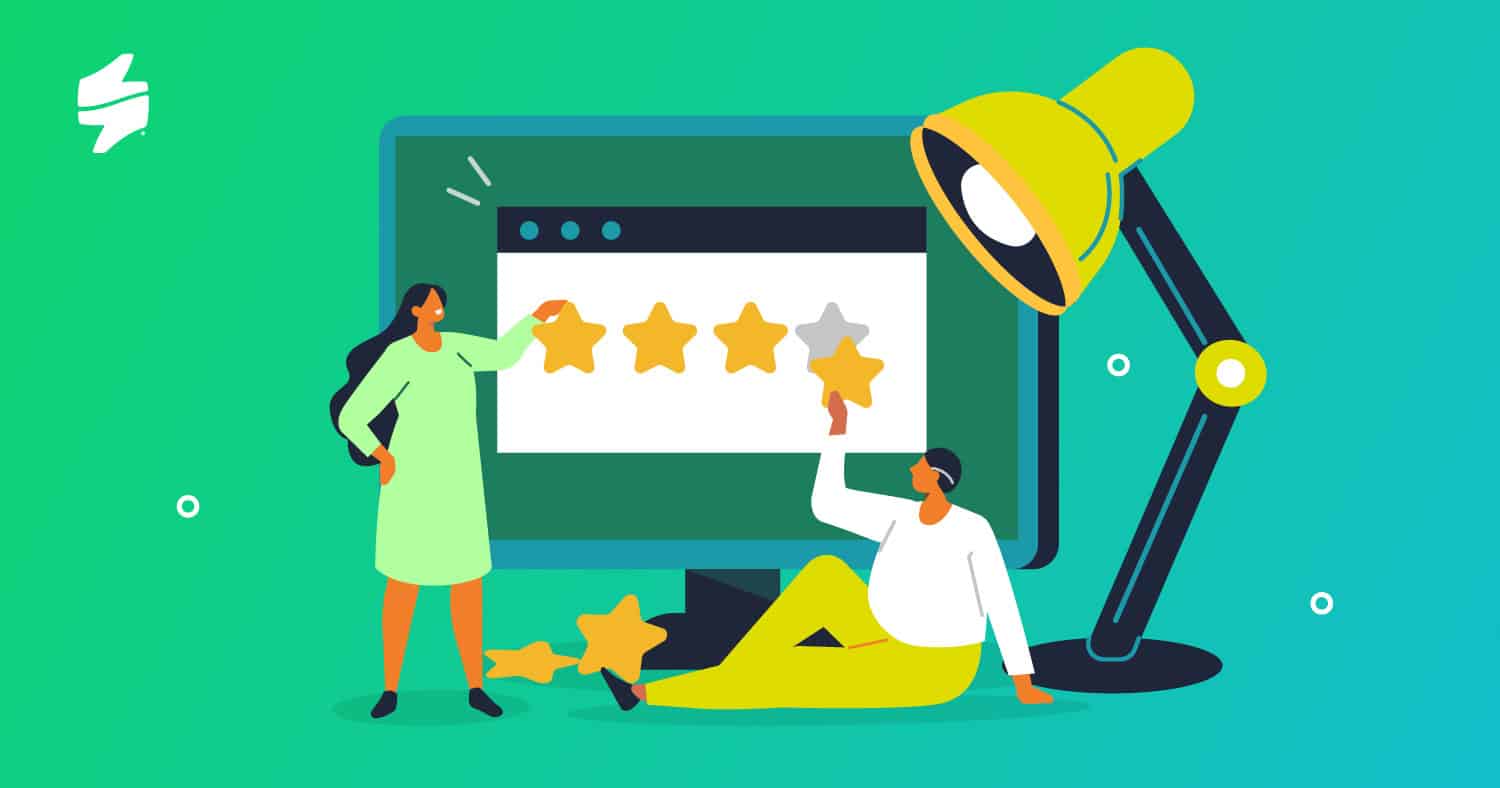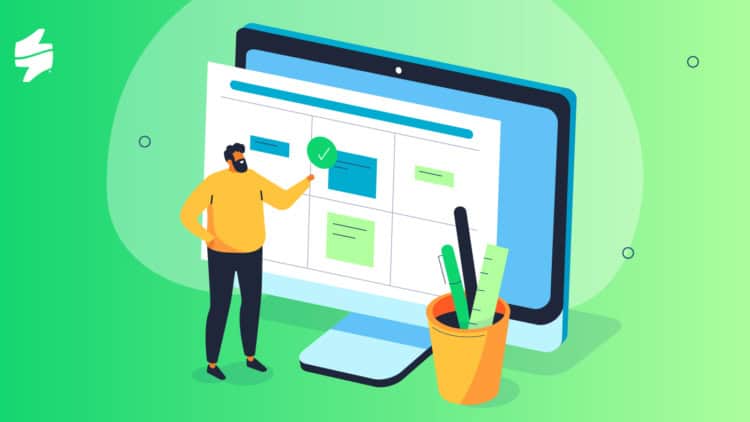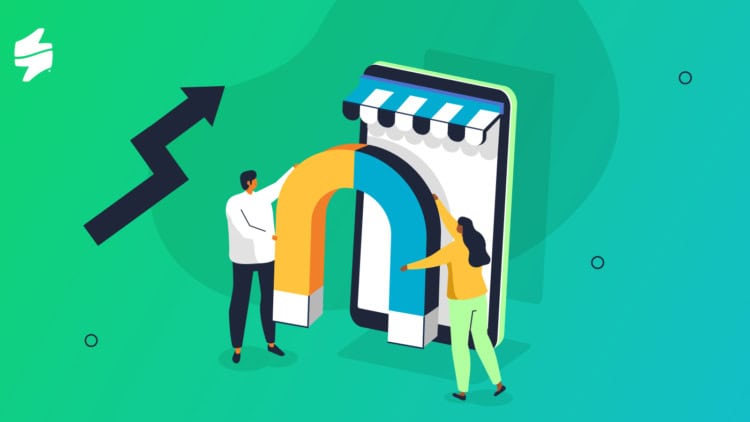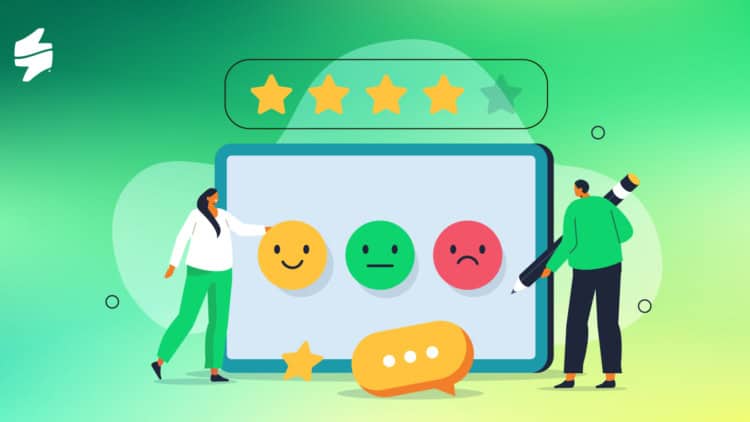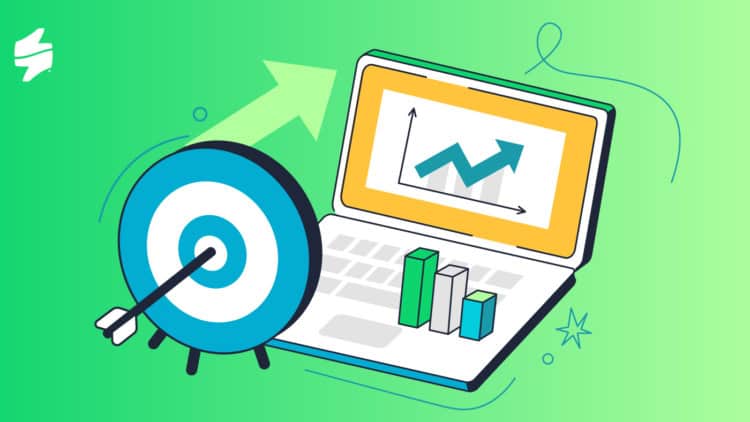In today’s market, customer experience (CX) is the battlefield where businesses differentiate themselves. Research shows that over 80% of companies now compete primarily on the quality of CX, and for a good reason. Superior customer experience drives loyalty, increases retention, and boosts long-term profitability. If you’re wondering how to improve your customer experience and ensure your business remains competitive, here are essential strategies to help you achieve lasting success.
6 Ways to Improve Customer Experience
The following strategies are more than just ideas to improve customer experience. Instead, they are tried-and-true methods successfully employed by our clients across more than twenty industries. Let’s delve into each of these potent strategies individually.
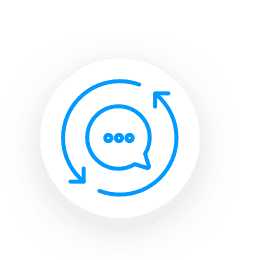
Transform Your Customers' Experiences
Create a bulletproof customer journey with tailored CX products and services that will foster loyalty and reduce churn.
1. Understand Your Customers: The First Step
At the heart of every successful CX strategy is a deep understanding of the customer. Without this, all efforts are essentially guesswork. Here’s how you can start:
Persona Development
To improve customer experiences, businesses need to develop detailed customer personas. These personas are fictional representations of your ideal customers, built using demographic data, behaviours, goals, and pain points. By understanding who your customers are and what they need, you can better tailor your products, services, and interactions.

Empathy Mapping
Empathy maps go beyond basic demographics, helping you understand what your customers think, feel, and do during their interactions with your business. It’s crucial for identifying customer pain points and areas for improvement. Use empathy maps to capture the emotions and motivations behind customer behaviours so you can improve client experience holistically.
💡 EXPERT’S TIP: Staffino’s customer survey tools allow you to gather real-time insights from customers, making persona development and empathy mapping data-driven rather than speculative.
2. Design a Customer Journey Map
Once you understand your customers, it’s time to map their journey with your brand. A customer journey map visualises the entire lifecycle of a customer’s experience, from their first interaction with your brand to post-purchase engagement. This map helps businesses pinpoint critical touchpoints and areas where issues may arise.
Key Touchpoints and Stages
By identifying key moments in the customer journey—whether it’s browsing your website, talking to a support agent, or receiving a product—you can find friction points where customers may struggle. This leads to customer experience improvement as you optimise each stage.
The 5 A’s Framework
To guide your customer journey mapping, the 5 A’s Framework—Attract, Accept, Adopt, Amplify, and Advance—can be used. It helps track customer behaviour and interaction at each stage, ensuring that you’re not just satisfying customers but delighting them at every touchpoint.

💡 EXPERT’S TIP: Staffino’s CX Dashboards provide a real-time overview of customer interactions, enabling you to monitor and improve the customer experience in real time.
3. Focus on Omnichannel and Personalisation
Customers today expect seamless, connected experiences across multiple channels and devices. Delivering on this expectation requires an omnichannel approach and a strong focus on personalisation.
Omnichannel Approach
An omnichannel strategy ensures that customers receive a consistent experience whether they’re interacting with your brand online, in-store, via a mobile app, or through your contact centre. This is essential for providing cohesive and satisfying customer experiences, especially in a B2C customer experience context.
Personalisation
Personalising interactions based on customer preferences, past behaviours, and feedback can significantly enhance customer loyalty and satisfaction. AI-driven personalisation tools allow businesses to create unique experiences that resonate with each customer.
💡 EXPERT’S TIP: Staffino’s AI Feedback Analysis allows businesses to gather actionable insights from large volumes of customer data, helping you create more personalised and engaging customer experiences.
4. Customer Feedback and Real-Time Analytics
One of the most powerful ways to improve customer experience is through customer feedback. Gathering real-time feedback from your customers helps you spot friction points and make necessary adjustments quickly.
Measuring Customer Experience
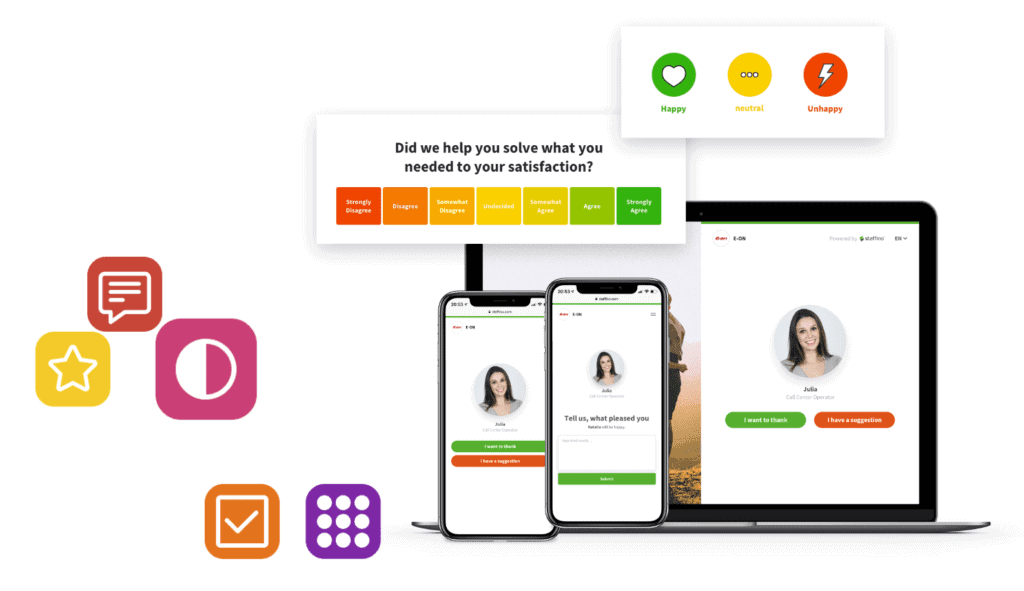
How to measure customer experience? Start with customer experience metrics like Net Promoter Score (NPS), Customer Satisfaction Score (CSAT), and Customer Effort Score (CES). These metrics offer valuable insights into how customers feel about their interactions with your brand.
Collect Open Feedback
A crucial part of customer feedback is the collection of open-ended feedback. Unlike structured feedback, which is collected through predefined questions and rating scales, open-ended feedback allows customers to express their thoughts and feelings in their own words.
“Open-ended feedback provides deeper insights into how to improve the customer experience. It reveals nuances and details that structured feedback might miss, such as specific issues customers are facing or unique suggestions they have for improving your product or service.”
Ján Gabauer
Expert XM Consultant, Staffino
Implement Closed-Loop Feedback
Closed loop feedback systems allow businesses to respond directly to customer concerns in real time, addressing problems before they escalate. This not only improves the customer’s experience but also reduces customer churn.
💡 EXPERT’S TIP: Staffino’s advanced analytics platform tracks both quantitative and qualitative customer feedback in real time, using AI to categorise and prioritise critical issues. This enables businesses to address concerns quickly, enhancing the overall contact center experience, whether in-store, website chat, or call centre.
5. Using AI and Machine Learning to Improve CX
Artificial intelligence (AI) is transforming how businesses approach customer experience improvement. By leveraging AI and machine learning, you can analyse customer data at scale, make informed decisions, and deliver superior experiences. Here’s how:
Customer Sentiment Analysis
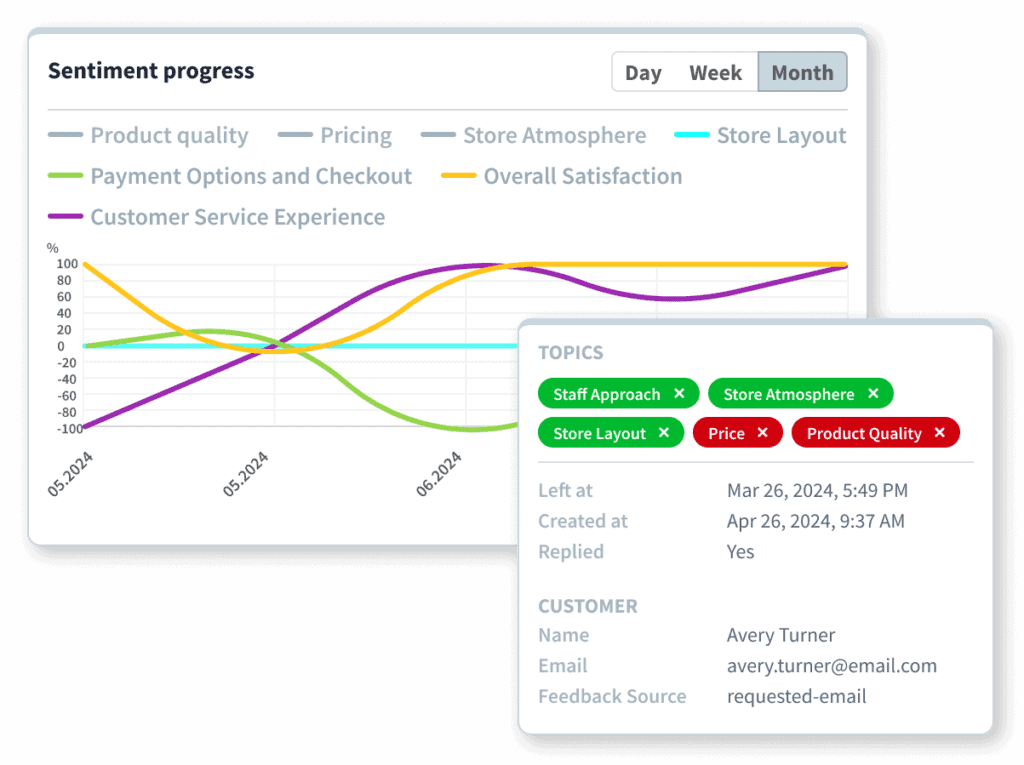
AI for CX can analyse customer sentiment through tools like sentiment analysis and natural language processing (NLP). This enables businesses to understand customer emotions and attitudes, improving both the speed and accuracy of responses.
Predictive Analytics
Using predictive analytics, businesses can anticipate customer needs and intervene before issues arise. For instance, AI can help with customer churn analysis by identifying at-risk customers and suggesting proactive measures to retain them.
💡 EXPERT’S TIP: Staffino’s AI-driven customer experience management platform automates feedback categorisation and prioritisation, helping companies respond faster and more efficiently, all while reducing operational costs.
6. Engage Employees in Your Customer Experience Strategy
A crucial but often overlooked component of customer experience improvement is the role motivated employees play. When your team is engaged and aligned with your CX goals, they become the key drivers of delivering exceptional customer service. Here’s how you can engage employees in your customer experience strategy to improve the performance of customer-facing employees and customer satisfaction.

Unlock Your Team's Full Potential with Staffino's EX Products
Our EX platform can help you attract and retain top talent, track employee performance, and improve engagement and productivity – so your team can reach their highest potential.
Implement Employee Recognition Programs
Elevating experience through recognition is one of the most effective ways to foster employee engagement. Rewards and recognition boost morale, increase job satisfaction and drive employees to go the extra mile in delivering exceptional customer service. Regular recognition of employees responsible for 5-star customer service reviews motivates others to strive for the same level of excellence, creating a culture of continuous improvement.
An effective employee recognition strategy doesn’t just reward performance but aligns employee goals with business objectives. Ideally, you should implement recognition strategies that tie employee rewards directly to customer outcomes to strengthen a customer-centric mindset. Your employee recognition strategy can include the following:
→ Public acknowledgement: Recognise top performers publicly, whether through a company-wide newsletter, social media, or team meetings. This elevates the experience for both the employee and their peers.
→ Monetary and non-monetary rewards: Combine monetary rewards like bonuses with non-monetary incentives such as extra time off, gift cards, or experiential rewards (e.g., a lunch with the CEO).
💡 EXPERT’S TIP: Staffino’s employee experience platform facilitates daily employee recognition, ensuring that employees are rewarded for positive customer feedback, creating a healthy cycle of motivation and performance improvement.
Measure Employee Performance
To keep employees engaged and motivated, you must know how to measure performance in ways that are both transparent and constructive. Performance metrics should be directly linked to customer experience outcomes, such as customer satisfaction (CSAT) or Net Promoter Score (NPS).
Use customer feedback as a direct measure of employee performance. If customers consistently report positive experiences with a particular employee, recognise this in their performance evaluations. In addition to traditional customer experience KPIs like response time or resolution rates, consider incorporating qualitative feedback from customers to assess how well employees handle customer concerns.
Empower Employees to Respond to Complaints
When employees are empowered to directly address customer issues, it strengthens their engagement and enhances the overall customer experience. Empowering your team to respond to complaints in real time not only resolves issues faster but also fosters a sense of ownership in the customer journey. Here are a few tips you can share with your team on how to respond to complaints:
→ Provide clear guidelines: Equip employees with clear, actionable guidelines on responding to various types of customer complaints.
→ Empower them to close the loop: Implement a feedback loop where managers and employees can follow up with customers to ensure their issues are fully resolved. This feedback mechanism strengthens the employee’s role in driving customer satisfaction.
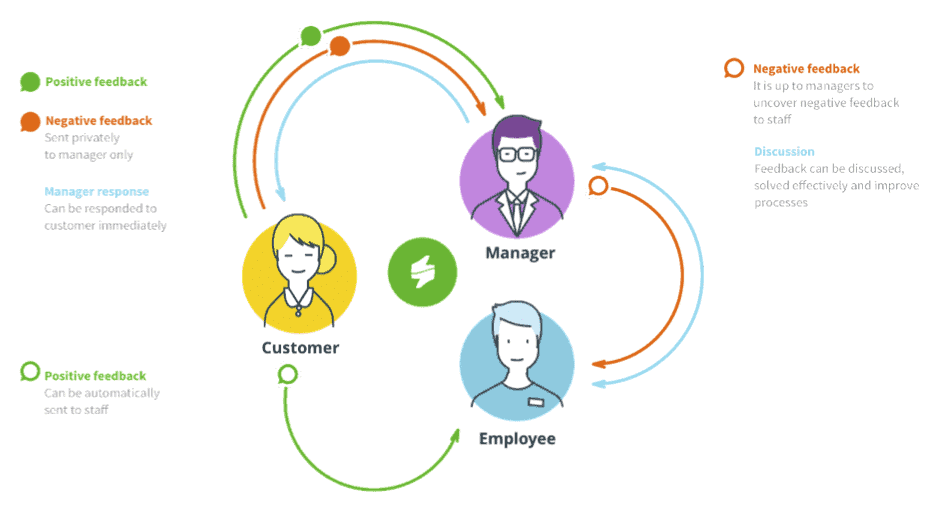
💡 EXPERT’S TIP: Staffino’s closed-loop feedback feature allows employees to engage directly with customers who submit complaints, turning potentially negative experiences into positive outcomes.
Step-by-Step Examples for Improving Customer Experience
Here are three actionable, step-by-step examples of how to improve client experience across different channels: in-store, call centers, and online.
🛒 How to Improve Customer Service Experience In-Store
STEP 1: Train Employees in Customer-Centric Behavior
Begin by implementing customer service training that focuses on empathy, active listening, and problem-solving. Use our motivation tips to reward excellent service, driving continuous improvement.
STEP 2: Gather Customer Feedback in Real-Time
Set up a feedback system in which customer surveys can be delivered via SMS or email right after a purchase. Ask customers to rate their in-store experience and provide open-ended feedback. Ask questions such as “How can you improve customer service to provide better assistance in the future?” or “What was their satisfaction with a specific employee?”.
STEP 3: Analyse Feedback and Identify Patterns
Use feedback analytics software to spot recurring issues or praise. For example, if customers often mention long checkout times, it’s a sign to focus on improving this area.
STEP 4: Act on Insights with Closed-Loop Feedback
Quickly address identified issues by implementing changes, such as adding more cashiers during peak hours or improving stock availability. Ensure employees are notified of the improvements, reinforcing the importance of their role in the customer experience.
STEP 5: Measure Performance and Recognise Employees
Track employee performance based on customer feedback and reward employees who consistently provide excellent service.
☎️ How to Improve Customer Experience in Call Center
STEP 1: Train Agents on Effective Complaint Handling
Start by offering targeted training on how to respond to a complaint with empathy and efficiency. Ensure agents understand the importance of resolution speed and tone.
STEP 2: Implement a Customer Feedback Loop
After each interaction, send a personalised survey measuring CSAT, CES, and hold times via SMS or email. Ask customers to rate the service and provide suggestions on how to improve.
STEP 3: Use AI to Analyse Call Data
Leverage AI-driven customer experience analytics tools like customer sentiment analysis and call transcription to identify issues and categorise feedback (e.g., long wait times, unresolved issues, etc.).
STEP 4: Optimise Agent Performance Based on Feedback
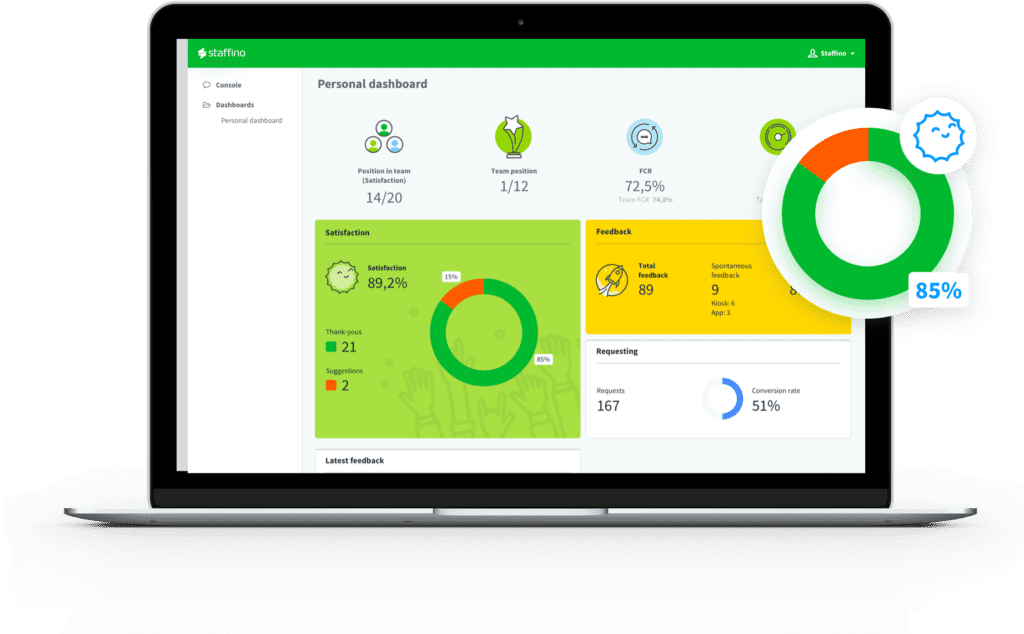
Create a CX dashboard to monitor agent performance in real time. Use Staffino’s real-time feedback tools to track key KPIs, such as resolution rates and customer satisfaction.
STEP 5: Recognise and Reward Top Agents
Highlight agents who consistently receive positive feedback. Offer rewards like bonuses or time off to maintain high levels of engagement.
👩🏻💻 How to Improve Online Customer Experience
STEP 1: Conduct Voice of Customer Research
Use the voice of customer research tools to collect insights directly from users navigating your website. This can include pop-up surveys, heatmaps, and user recordings to identify friction points.
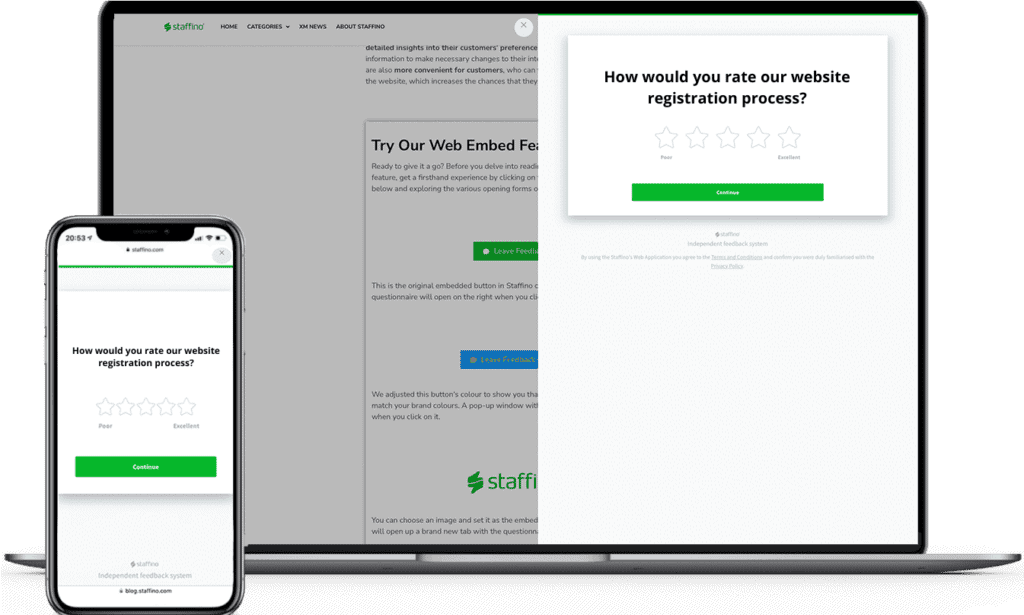
STEP 2: Personalise the Experience
Implement personalisation features on your website, such as product recommendations based on browsing history or targeted messages for returning customers.
STEP 3: Ensure Omnichannel Integration
Make sure your website integrates seamlessly with other customer channels (like chat support, mobile apps, and in-store) to provide connected experiences. Customers should be able to transition between channels without repeating information.
STEP 4: Monitor Website Analytics for Performance Issues
Use analytics tools to monitor website load times, navigation flow, and conversion rates. Identify where customers drop off or encounter issues and optimise accordingly.
STEP 5: Implement AI Chatbots for 24/7 Support
Use AI-powered chatbots to handle basic customer inquiries in real time. Chatbots can improve customer satisfaction by reducing response times, particularly outside of regular business hours.
STEP 6: Continuously Measure and Improve
Regularly review customer feedback and website performance. Identify areas for improvement, such as simplifying navigation or reducing checkout steps, and implement changes to enhance the overall online experience.
Case Studies of Successful Companies: How Improving CX Boosts Revenue
No matter the industry, one thing is certain—with improved customer experience comes increased revenue. Here are two case studies that demonstrate how Staffino helped its clients improve customer experience and boost profitability at the same time:
1. L’Occitane Romania: Boosting Purchase Value by 58%
L’Occitane Romania partnered with Staffino to enhance customer satisfaction and loyalty through personalised feedback collection. By implementing Net Promoter Score (NPS) surveys via SMS and email to their loyalty cardholders after each transaction, they gained valuable insights into customer behaviour and preferences.
The results were striking. We found out that purchase value increased by 58% among NPS promoters, and the frequency of purchases rose by 17%, reinforcing the connection between high customer satisfaction and revenue growth.
Read the full case study here!
2. JYSK: Generating €1.7 Million in Lead Value Through CX Improvement Plan
JYSK, a global retail giant, utilised Staffino’s CX platform to improve customer engagement and drive sales. By gathering spontaneous feedback after store visits, they not only improved customer experience but also encouraged customers to opt into marketing communications.
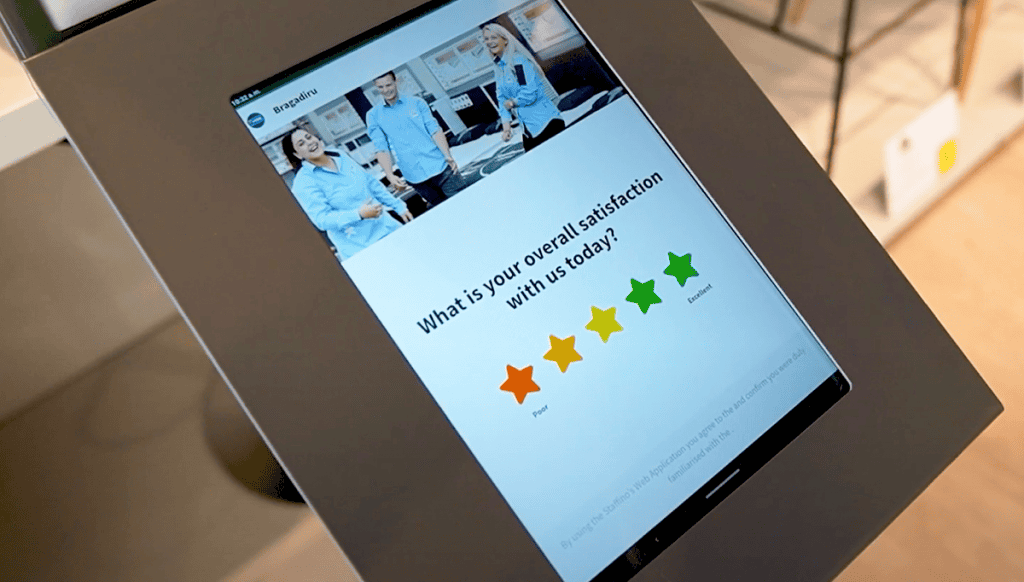
And the results? JYSK collected over 350,000 emails across 29 countries, with an estimated lead value of €1.7 million. This email database created the potential for generating up to €72 million in additional revenue.
Read the full case study here!
Get the Highest Return on Customer Experiences with Staffino
Improving customer experience is a process that takes time and effort. Businesses that invest in understanding their customers, optimising the customer journey, embracing omnichannel personalisation, engaging employees and using AI for better customer experience insights will stay ahead of the competition.
Staffino helps businesses of all sizes enhance customer experience through its user-friendly online platform, providing real-time feedback, advanced CX analytics, and AI-driven insights. By focusing on continuous customer experience improvement, your business can enjoy increased profitability, customer loyalty, and sustained success.
Book a free demo below to experience firsthand the power of Staffino!

Get a First-Hand Experience Today!
Staffino is the perfect tool for creating engaging surveys, tracking performance, responding to customer feedback, and rewarding top employees. Get started today with our FREE demo!
